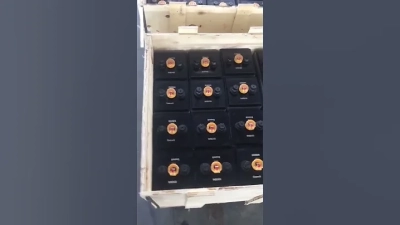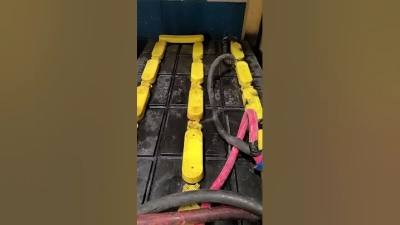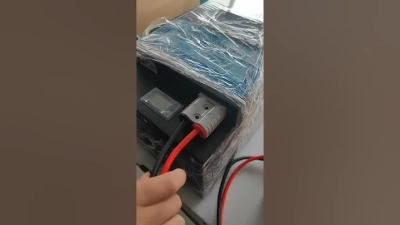Factory Tour
Challenges Faced When Using 48v Forklift Batteries for Global Operations
In today's competitive global marketplace, industries increasingly rely on efficient and powerful machinery to optimize operations and meet growing demands. Among these essential tools, the 48v forklift battery stands out as a preferred choice for many businesses seeking to enhance their material handling processes. However, adopting 48v forklift batteries in global operations comes with its own set of challenges. These challenges can range from compatibility issues with existing systems and varying regional regulations to performance inconsistencies and maintenance complexities across diverse environments. Understanding these hurdles is crucial for businesses looking to integrate 48v forklift batteries into their operations effectively. This blog will delve into the common challenges faced and provide insights on how companies can navigate these obstacles to maximize the benefits of 48v forklift battery technology in a global context.
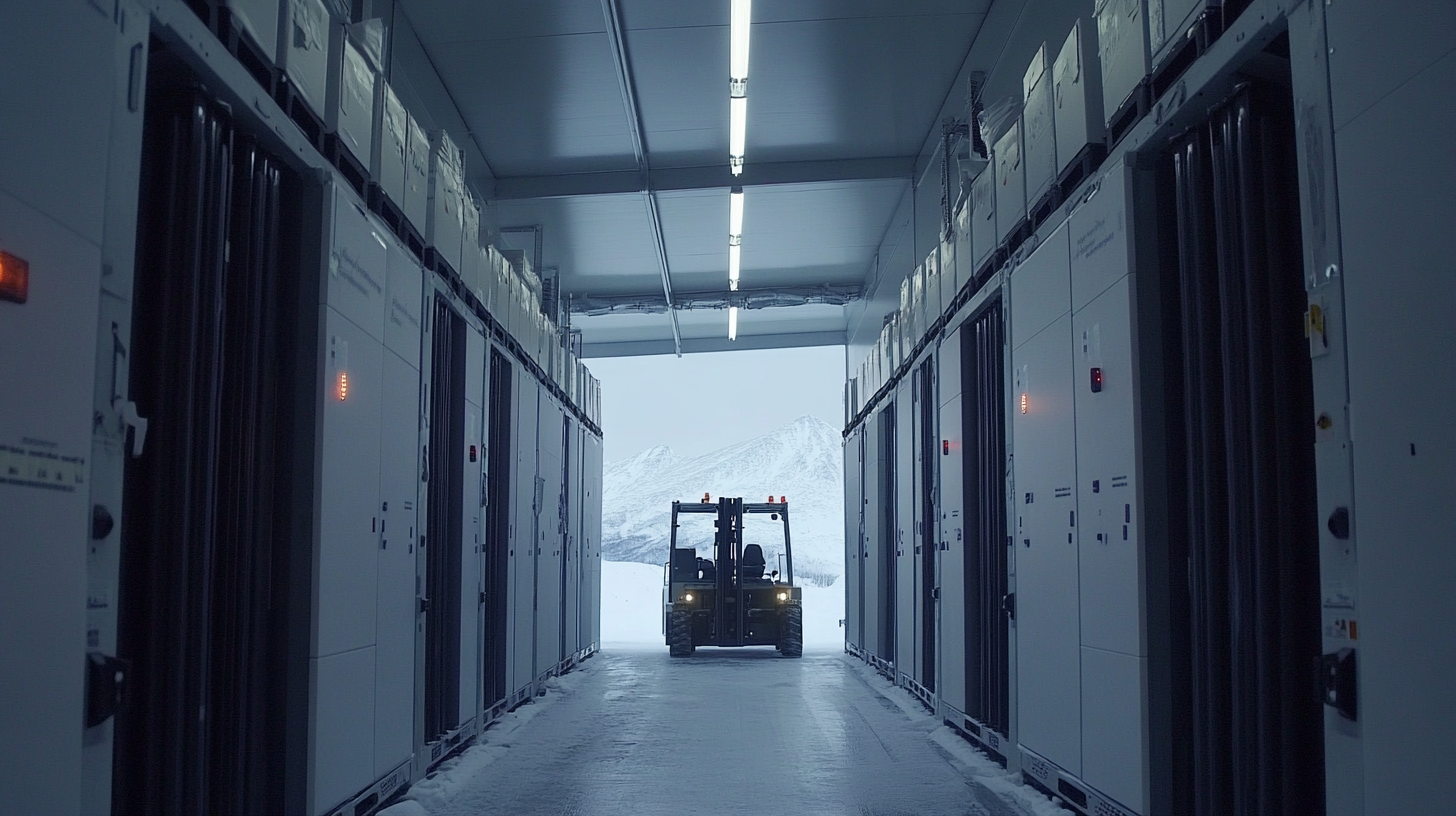
Challenges in Sourcing 48V Forklift Batteries for Diverse Global Markets
Sourcing 48V forklift batteries for diverse global markets presents a unique set of challenges that companies must navigate to ensure efficient operations. One major issue is the variability in regulatory standards across different regions. Each country has its own requirements regarding battery specifications, environmental impact, and safety protocols. This inconsistency creates a complex landscape for manufacturers and suppliers, as they must adapt their products to meet local regulations, often leading to increased production costs and delays.
In addition to regulatory hurdles, logistics plays a critical role in sourcing these batteries. The global supply chain for forklift batteries can be fraught with complications due to geopolitical tensions, fluctuating shipping costs, and logistical bottlenecks. Companies must not only find reliable suppliers but also establish efficient transportation networks to minimize lead times. This complexity can hinder a company’s responsiveness to market demands, making it essential to have a robust supply chain strategy in place to mitigate risks associated with sourcing.
Lastly, the integration of technology and innovation in forklift batteries presents both an opportunity and a challenge. As manufacturers strive to develop more efficient and environmentally friendly batteries, the rapid pace of technological advancement can lead to product obsolescence. Companies need to stay ahead of the curve in sourcing the latest technology while ensuring compatibility with existing forklift systems across various markets, further complicating the sourcing process and requiring a flexible approach to product development.

Impact of Voltage Consistency on Equipment Performance and Safety
When it comes to global operations, voltage consistency is critical for maintaining optimal equipment performance and ensuring safety, particularly with the use of 48v forklift batteries. A report by the International Energy Agency highlights that fluctuations in voltage can lead to significant inefficiencies, resulting in a decrease in battery life by up to 30%. Ensuring that battery systems operate within their designated voltage range is essential for enhancing operational reliability and productivity.
Inconsistent voltage can cause forklifts to experience erratic performance, increasing the risk of accidents and operational downtime. According to a study published by the Occupational Safety and Health Administration (OSHA), equipment malfunctions linked to voltage issues contribute to 15% of workplace incidents. Furthermore, the performance of electric forklifts depends heavily on battery management systems that monitor voltage levels; inconsistent voltage can hamper these systems' ability to optimize power usage, thereby reducing overall efficiency by as much as 20%.
Moreover, the safety implications of voltage consistency cannot be overstated. As batteries are subjected to varying voltage levels, thermal management becomes increasingly challenged, potentially leading to overheating and fire hazards. Industry reports indicate that proper voltage regulation can mitigate these risks effectively, ensuring that equipment operates safely and efficiently. Thus, maintaining voltage consistency is not merely a technical requirement but a crucial factor in safeguarding personnel and assets in global operations.
Challenges Faced When Using 48v Forklift Batteries for Global Operations - Impact of Voltage Consistency on Equipment Performance and Safety
| Challenge | Impact on Performance | Impact on Safety | Proposed Solutions |
|---|---|---|---|
| Inconsistent Voltage Levels | Reduced efficiency and operational downtime | Increased risk of equipment failure | Regular maintenance and monitoring of battery systems |
| Temperature Variations | Potential loss of lifting power | Risk of battery overheating | Adequate climate control in storage areas |
| Battery Degradation | Decreased operational lifespan | Potential leaks and hazardous material exposure | Implementing battery management systems. |
| Charging Issues | Extended downtime due to charging delays | Risk of electrical hazards during charging | Utilizing smart chargers with safety features |
Logistical Issues in Transporting 48V Batteries Across Borders
When it comes to transporting 48V forklift batteries across borders, several logistical challenges arise that can hinder global operations. These batteries, essential for various industrial applications, require careful handling and compliance with international regulations. Cross-border transport involves navigating customs procedures, ensuring proper documentation, and addressing safety concerns related to the hazardous materials classification of batteries. Additionally, the battery’s increased weight can lead to restrictions on transportation modes, complicating logistics further.
Recent developments highlight the importance of efficient supply chains in the battery sector. For instance, a significant battery load is currently making its way through borders, underscoring the demand for effective logistics solutions. Furthermore, collaborative efforts like the Trans-Caspian corridor shipment of lithium-ion batteries showcase innovative approaches to streamline trade and enhance supply chain efficiency. As companies seek to expand their global reach while adhering to regulatory frameworks, overcoming these logistical hurdles is paramount for the successful implementation of 48V battery solutions in diverse markets worldwide.
Challenges Faced When Using 48V Forklift Batteries for Global Operations
This chart illustrates the key logistical challenges faced in transporting 48V forklift batteries across borders, highlighting issues such as customs delays, transportation costs, and compliance regulations.
Adapting Charging Infrastructure to Support 48V Battery Use Globally
Adapting the charging infrastructure to support 48V battery use globally presents a myriad of challenges that organizations must navigate to ensure seamless operations. One of the primary hurdles is the need for standardized charging equipment compatible with 48V systems across diverse geographical locations. Different regions may have varying electrical standards and voltage requirements, complicating the implementation of a uniform charging network. Companies must invest in infrastructure that accommodates local regulations while facilitating the efficient charging of 48V batteries, which can be both time-consuming and resource-intensive.
Moreover, integrating 48V batteries into existing systems requires careful planning and significant investment. Organizations need to evaluate their current charging setups and potentially restructure them to handle the unique demands of these batteries. This includes assessing the capacity of current electrical systems, considering the installation of specialized charging stations, and training personnel on the new technology. The transition period can disrupt operations, as companies balance the old and new systems while ensuring safety and efficiency. Ultimately, a strategic approach to enhancing charging infrastructure will be critical for organizations aiming to leverage 48V battery technologies in their global operations.
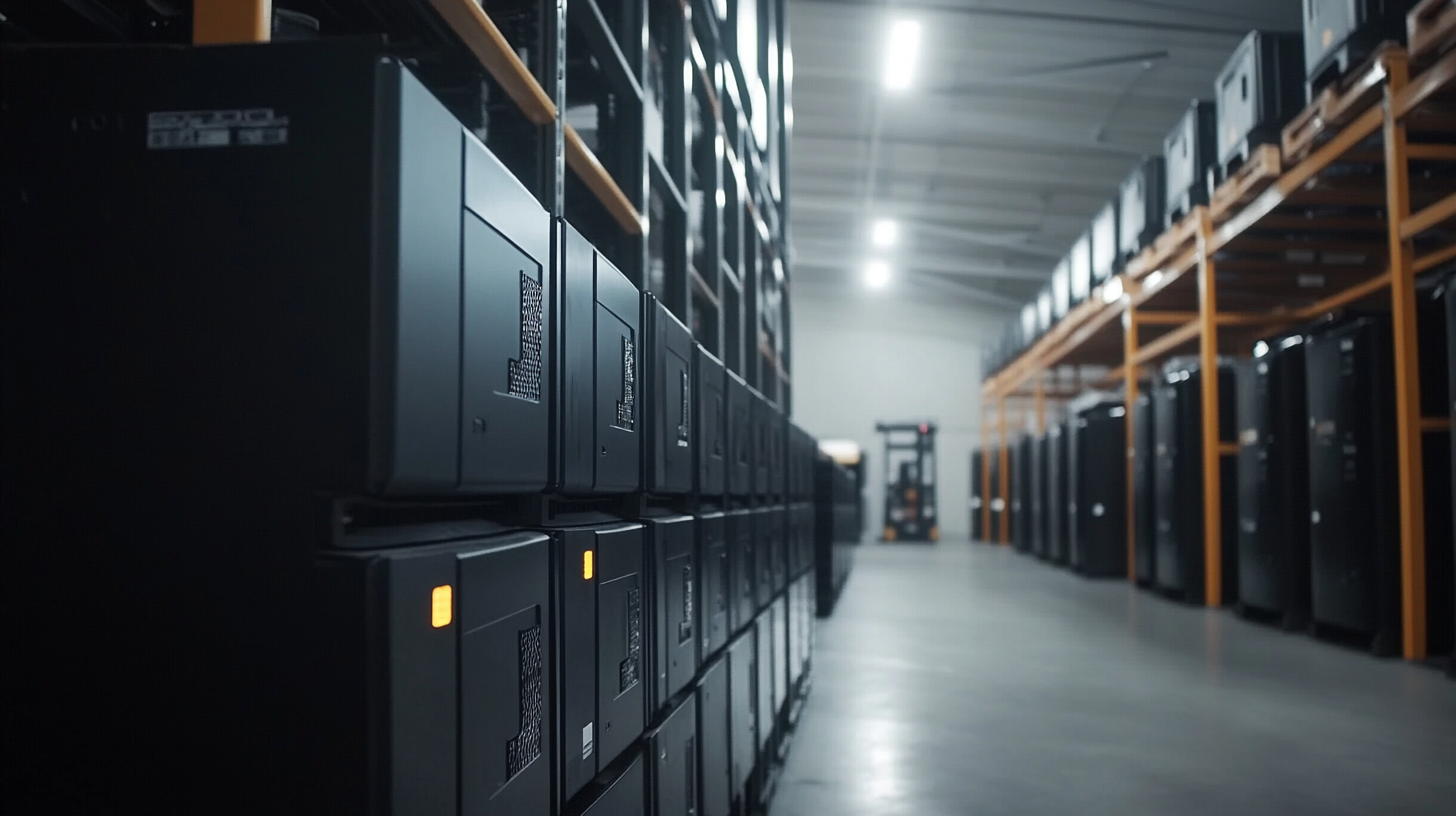
Regulatory Hurdles and Compliance Issues for 48V Battery Operations
When operating 48V forklifts on a global scale, one of the primary challenges companies face is navigating the complex landscape of regulatory hurdles and compliance issues. Different countries impose varying safety standards and environmental regulations that can complicate the deployment of 48V battery systems. According to a report by the International Energy Agency, the demand for electric forklift technology is rapidly increasing, with projections showing a rise of over 25% in adoption by 2025. However, compliance with local regulations remains a critical barrier.
An insider perspective from an electrical inspector highlights common installation compliance errors, especially within battery systems. Many installations fail to meet mandatory safety protocols, which can lead to operational inefficiencies and legal repercussions. In Australia alone, research indicates that nearly 30% of home battery installations are non-compliant, often due to inadequate understanding of local regulations. This situation underscores the importance of thorough training and adherence to industrial standards when deploying 48V battery systems across various regions to ensure safety and regulatory compliance. Companies must invest not only in equipment but also in understanding the regulatory environment to avoid costly missteps and enhance operational efficiency.



